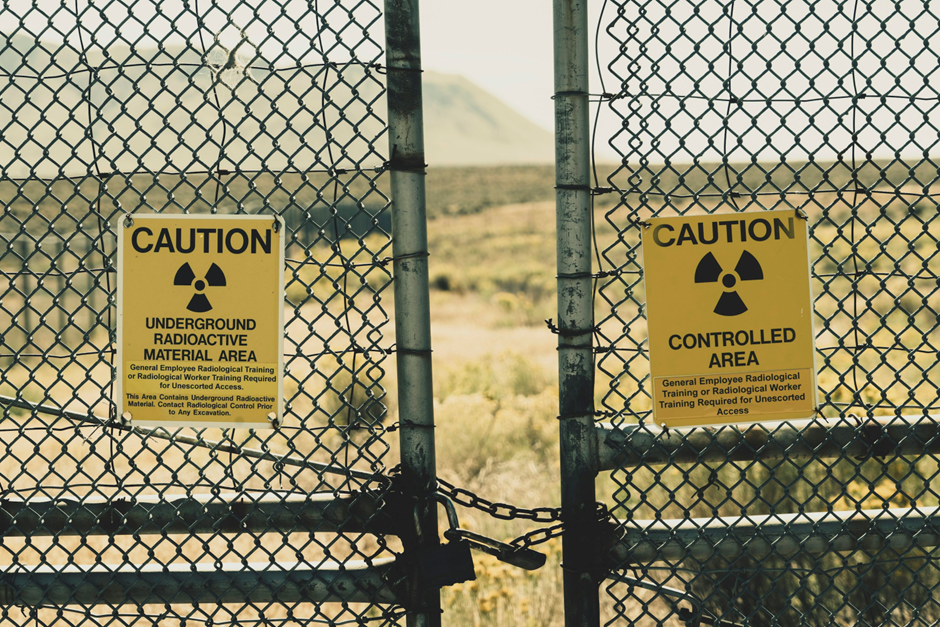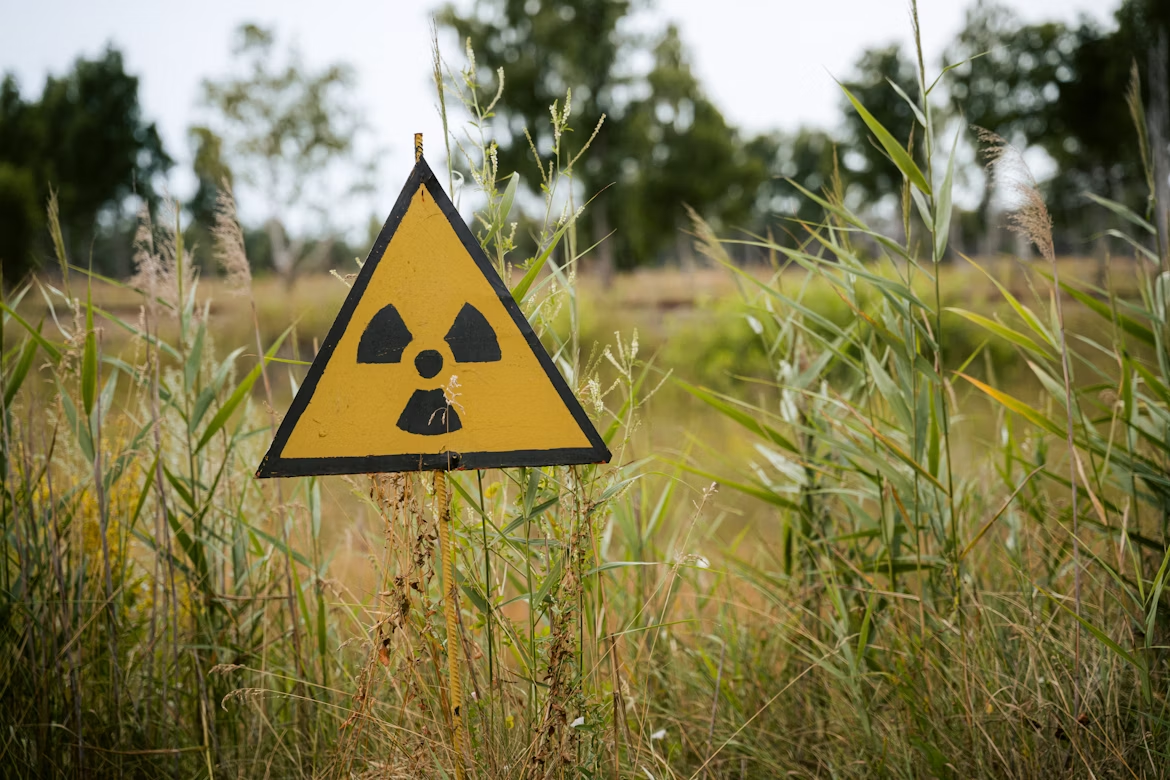Israel launched "Operation Rising Lion" on June 12th, claiming to strike key Iranian nuclear sites, including Natanz, an unprecedented escalation in the Israel-Iran nuclear standoff. The attack followed an IAEA declaration that same day confirming Iran had violated its non-proliferation obligations for the first time in 20 years, based on findings of undeclared nuclear activity dating back to May 31. In response, Iran released what it claimed were classified Israeli documents, alleging collusion between Israel and the IAEA. The IAEA’s findings stand against Iran’s long history of compliance: it was previously cited for violations in 2005, referred to the UN Security Council in 2006, and has failed since 2019 to explain uranium traces found at undeclared locations. It claims Iran now enriches uranium to 60% purity and holds enough material for several weapons, an action that aligns with IAEA assessments rather than Tehran’s claims of bias. Iran warns that sustained pressure may lead it to withdraw from the NPT, raising diplomatic stakes, while Israel has not signed the treaty and is estimated to hold 90 nuclear warheads.
EQUITY
Wall Street was nervous from tragedies, but heads were held high with Oracle's cloud computing outperformance and raised annual revenue forecast, pushing the stock 13% higher and the S&P 500 0.38% higher. Boeing crashed 4.8% after an Air India 787-8 Dreamliner malfunction killed over 200 people, while defence contractor stocks gained on the Israel strike on Iran that could be the trigger for an all-out war with no reconciliation from the U.S. as President Trump distances himself.
GOLD
Gold prices shot up to $3,443 per troy ounce in its third consecutive rally, gaining nearly 1% in the Asian session alone as investors fled to safe-haven assets following Israel's targeting of Iran's nuclear facilities and military targets. With equity futures and cryptocurrencies declining as capital flowed into lower-risk assets like gold, further risk-off is expected as VIX rises above 20.
OIL
Brent oil benchmark flew $7.65 at its peak today, reaching their highest levels in nearly five months but eventually tapered off, possibly due to short position liquidation. It marks the biggest intraday move since Russia’s 2022 invasion of Ukraine, which is now centred around the prospect of Iranian retaliation that could disrupt the Strait of Hormuz, a key route for a fifth of global oil. Analysts warn prices could hit $120 per barrel in a worst-case scenario.
CURRENCY
The U.S. dollar rebounded 0.4% from three-year lows as investors sought safe-haven assets thanks to Israel's escalation. Despite President Trump's tariff policies and Federal Reserve's rate cut prospects, the dollar still retains safe-haven appeal during geopolitical crises. Risk-sensitive currencies bore the brunt of the sell-off, with the Australian and New Zealand dollars each falling approximately 1%, while the British pound dropped 0.7% and the euro declined 0.5%.














